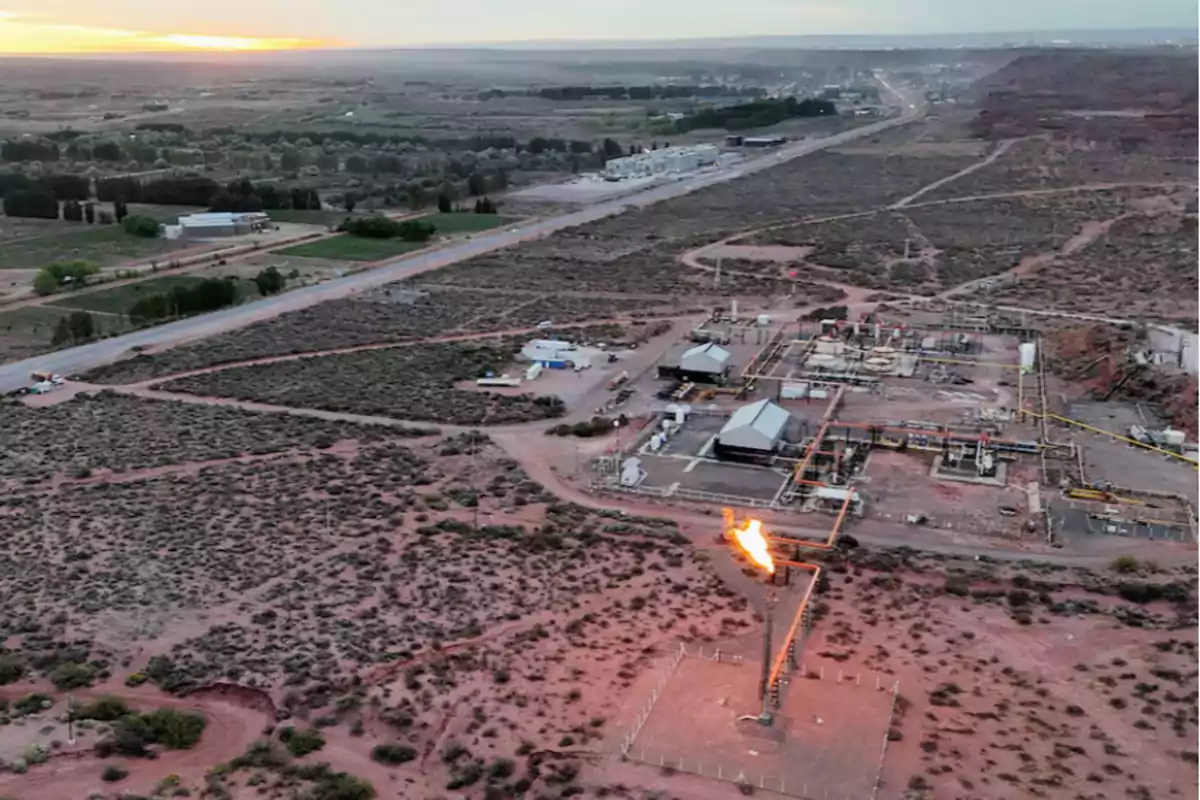
RIGI: there are already two approved projects and USD 15.2 billion in ongoing investments
RIGI is emerging as a key tool to boost productive sectors
Eight months after the implementation of the Incentive Regime for Large Investments (RIGI), the Government of Javier Milei is beginning to show concrete progress.
According to information released by Bloomberg Línea, 11 projects have been registered under this scheme so far, with two already approved and another nine in the evaluation process. In total, investments of USD 15.2 billion are projected, mainly in strategic sectors such as energy, oil, gas, and mining.
First approved projects
Two initiatives have already received the green light from national authorities. One of them is the El Quemado Solar Park, developed by YPF Luz in Mendoza, with an estimated investment of USD 211 million for a 305 MW photovoltaic plant. The other is an ambitious infrastructure project by VMOS S.A., which will invest USD 2.486 billion in a 437-kilometer oil pipeline from Río Negro to Punta Colorada, with complementary facilities for crude storage and export.
Nine initiatives under analysis
The remaining nine projects, still under evaluation, represent billions of dollars and cover a wide variety of key industries. Among them are:
- Southern Energy – LNG Project: USD 6.878 billion for a gas liquefaction plant in Río Negro.
- Rio Tinto – Rincón Project: USD 2.724 billion for lithium carbonate plants in Salta.
- Minas Argentinas – Gualcamayo: USD 1 billion for gold mining and renewable energy in San Juan.
- Posco Argentina – Sal de Oro: USD 633 million in facilities for various lithium compounds.
- PCR and Acindar – Olavarría Wind Farm: USD 255 million for renewable generation in Buenos Aires.
Ganfeng, Galan Litio, McEwen Mining, and Sidersa also have projects over USD 200 million in Salta, Catamarca, San Juan, and Buenos Aires.
How RIGI operates
The regime, enacted and regulated in 2024, offers tax, customs, and exchange benefits to large investments, with legal guarantees for 30 years. There are two categories: projects over USD 200 million and long-term ones exceeding USD 2 billion.
To retain the benefits, companies must meet partial goals: 40% of committed investment in the first years for standard projects and 20% for strategic ones. Each application must be evaluated within a maximum of 45 business days, although this period may be extended if additional requirements arise.
"This regime will not have a fiscal impact in 2025, as the benefits only activate when there are revenues or deferred tax payments," clarified the Chief of Staff, Guillermo Francos, before deputies.
Growth outlook
The Government insists that the RIGI aims to consolidate an environment of predictability and trust to attract capital. With an adhesion period valid until August 2026 —extendable for one more year—, it is expected that macroeconomic conditions and the partial easing of the exchange rate cap will accelerate the inflow of investments.
Business sources consulted by Bloomberg Línea expressed some cautious optimism: while they welcome the new framework, they warn of pending challenges, especially in terms of infrastructure and regulatory stability.
Still in its initial stage, RIGI is emerging as a key tool to boost productive sectors. The ruling party expects that between 2025 and 2026, the projects will begin to materialize, driving job creation and exports.
More posts: